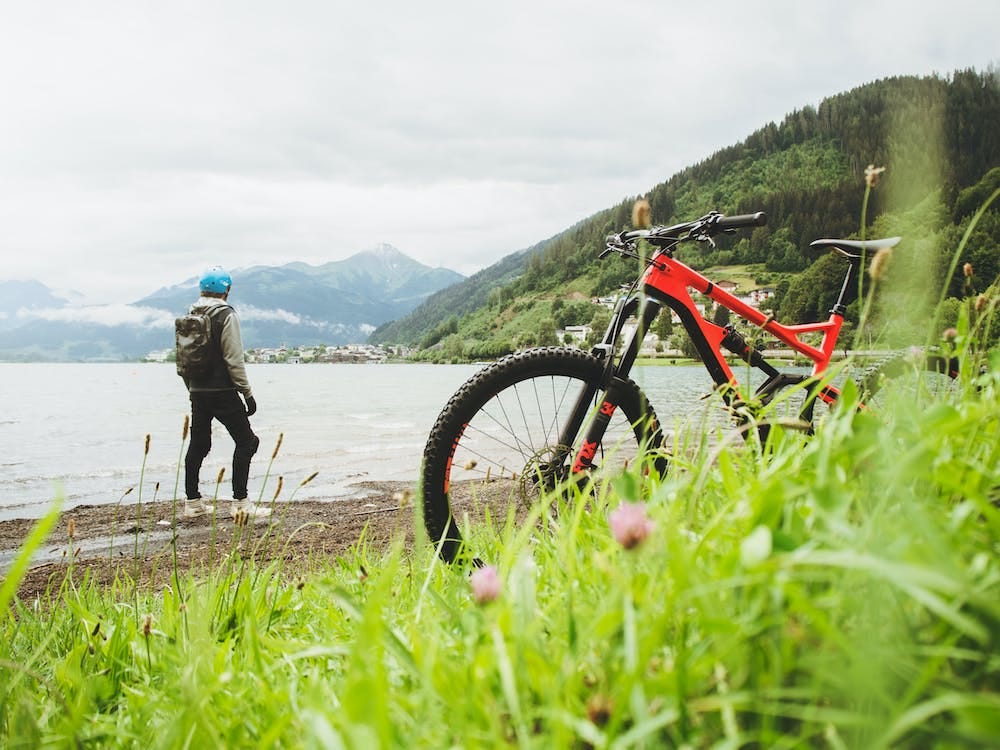Much like any other rewarding activity, gravel biking does come with its fair share of challenges. The equipment decisions, unpredictable terrain and physical exertion may seem overwhelming at first. As per Steven Rindner, however, with a few smart strategies and the right mindset, one can overcome these challenges and enjoy a more confident and thrilling ride. One must always remember that gravel riding is more about exploration than perfection. Even seasoned riders face obstacles from time to time, but it is their ability to adapt that makes one a great gravel cyclist.
Steven Rindner underlines tips to overcome common gravel biking challenges
Gravel biking is more physically demanding in comparison to road cycling. Riding on muddy paths or loose gravel requires a bit more effort in order to maintain pedal power, balance and momentum on the gravel bike. Hence, people interested in gravel biking should:
- Train off-road: It would be a good idea to incorporate strength training and interval rides into the workout routine. This would help build endurance.
- Smartly fuel up: Gravel cyclists can benefit from bringing energy gels or snacks on long rides. They must also ensure to stay hydrated.
- Adjust the mindset: It is prudent to focus more on consistency than speed, and accept a slower pace on the gravel.
The terrain is where gravel biking truly differs from typical, street biking. Gravel cyclists are likely to face unpredictable trail conditions, like sand and loose gravel that make it difficult to maintain balance, to thick mud and rocky sections. Constant changes in surface texture make it a bit harder to maintain control. Mud can clog tires and slow the cyclists down. In order to deal with such issues, gravel cyclists must:
- Master their handling: It would be prudent to lower tire pressure a bit to enjoy better grip, and ride with a relaxed upper body that makes it easier to absorb shocks.
- Pick the line: When riding on the gravel, cyclists should always look ahead and select the smoothest or most stable path available.
- Practice braking and cornering: To avoid skidding, it is better to slow down before tight turns and learn to feather the brakes.
In the opinion of Steven Rindner, for many people interested in gravel biking, one of the biggest challenges is finding the gear that actually works for the activity. Right from tire width and handlebar shape to frame geometry, there are several decisions that can impact the ride. Cyclists today have to make their choice from several bike models and components, which can be pretty confusing. To make the decision simpler, it is better to:
- Start with the basics: A good gravel bike would have wider tires (35–50 mm), disc brakes, as well as a relaxed geometry for stability.
- Consider the terrain: One must think about the terrain they are most likely to ride on. A fast-rolling tire would be perfect for smooth gravel and light trails. On the other hand, it is better to go wider with more tread for technical routes.
It would be a good idea to test ride different models of gravel bikes, to see what feels right before making a purchase.
